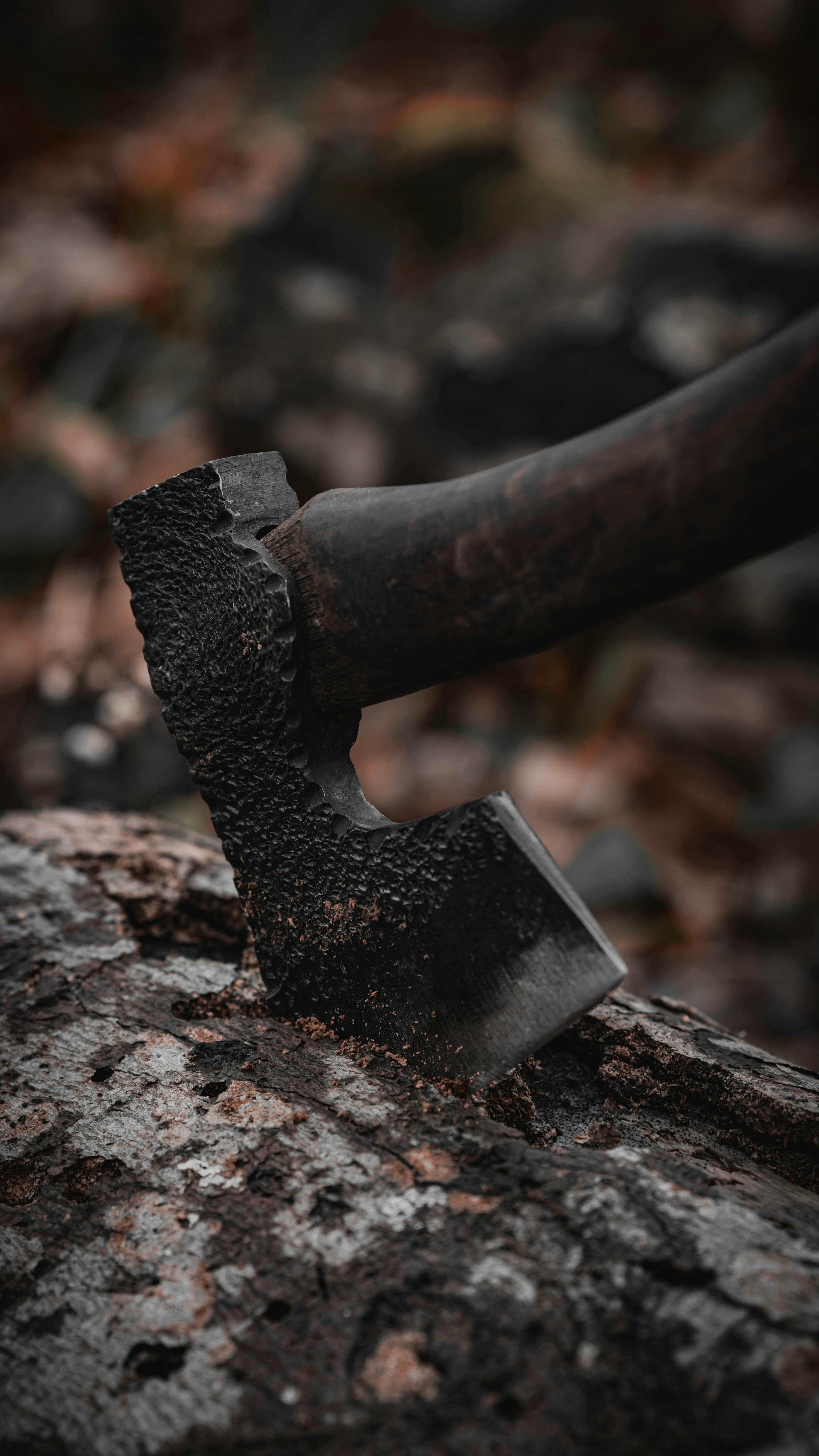Fricke's Tree Service
Protect Your Home from Tree Root Damage
How to Stop Tree Roots from Damaging Your Foundation
Understanding the Problem
Tree roots can be a significant threat to the integrity of your home's foundation. As they grow, they seek moisture and nutrients, often leading them to invade areas where they can cause damage. Understanding how tree roots interact with your foundation is the first step in preventing potential issues. The roots of trees can extend far beyond the visible part of the tree, sometimes reaching out two to three times the width of the tree's canopy. This means that even trees planted some distance away can still pose a risk to your foundation.Why Tree Roots Cause Damage
Tree roots can exert pressure on foundations, leading to cracks and structural issues. Here are some reasons why this happens:- Moisture Absorption: Roots absorb water from the soil, which can lead to soil shrinkage and foundation settling. When the soil loses moisture, it can contract, causing the foundation to shift and settle unevenly.
- Physical Pressure: As roots grow, they can physically push against foundations, causing cracks. This pressure can be particularly damaging in older homes with less robust foundations.
- Soil Displacement: Roots can displace soil, leading to uneven settling of the foundation. This displacement can create voids under the foundation, further exacerbating the problem.
Identifying Risky Trees
Not all trees pose the same risk to your foundation. Some species are more aggressive in their root growth. Here are a few trees to watch out for:- Willows
- Maples
- Oaks
- Poplars
- Birches
Preventive Measures
Taking proactive steps can help mitigate the risk of tree roots damaging your foundation. Here are some effective strategies:1. Plant Trees Wisely
When planting new trees, consider their mature size and root system. Here are some tips:- Choose species with less aggressive root systems. Some trees have more fibrous roots that are less likely to cause damage.
- Plant trees at a safe distance from your foundation—generally, at least 10-15 feet away. This distance can vary based on the species and size of the tree.
- Consider the tree's height and spread when fully grown. This will help you determine the best location for planting.
2. Regular Maintenance
Regularly maintaining your trees can help control root growth. Consider the following:- Prune trees to manage their size and root spread. Regular pruning can help keep the tree healthy and reduce the risk of root encroachment.
- Monitor for signs of root encroachment near your foundation. Early detection can prevent more serious issues down the line.
- Remove any dead or dying trees that could pose a risk. These trees are more likely to have unstable root systems that can cause damage.
3. Install Root Barriers
Root barriers can be an effective way to protect your foundation. Here’s how to install them:- Choose a material such as plastic or metal that is at least 30 inches deep. This depth is crucial for preventing roots from growing underneath the barrier.
- Install the barrier vertically in the ground, angled away from the foundation. This angle helps redirect roots away from the foundation.
- Ensure the barrier extends several feet beyond the tree's drip line. This will provide additional protection against root encroachment.
Signs of Foundation Damage
Being aware of the signs of foundation damage can help you address issues before they escalate. Look for:- Cracks in walls or floors, particularly those that are wider than a quarter-inch.
- Doors and windows that stick or do not close properly, which can indicate shifting foundations.
- Uneven or sloping floors that may suggest underlying structural issues.
- Separation of walls from the ceiling or floor, which can be a serious sign of foundation problems.
What to Do If You Suspect Damage
If you notice signs of foundation damage, it’s crucial to act quickly. Here are steps to take:- Consult a structural engineer to assess the damage. A professional can provide a thorough evaluation and recommend solutions.
- Consider professional tree removal if the tree is a significant threat. Removing the tree may be necessary to prevent further damage.
- Implement repair solutions for your foundation, such as underpinning or slab jacking. These methods can help stabilize your foundation and prevent future issues.
Professional Help
Sometimes, the best course of action is to seek professional help. Here’s when to consider hiring an expert:- If you’re unsure about the type of tree or its root system. An arborist can provide valuable insights.
- When foundation damage is severe and requires immediate attention. Delaying repairs can lead to more extensive damage and higher costs.
- If you need assistance with root barrier installation or tree removal. Professionals have the tools and expertise to handle these tasks safely.
Conclusion
Preventing tree roots from damaging your foundation requires a combination of careful planning, regular maintenance, and prompt action when issues arise. By understanding the risks and implementing effective strategies, you can protect your home from potential damage. Remember that proactive measures are always more effective than reactive ones, so stay vigilant and take care of your trees and foundation. For more information or to request an estimate, please reach out using this link. Our team is ready to assist you with any tree-related concerns and help ensure the safety and stability of your home.RECENT POSTS
Interested in Our Services?
Get in touch today to discuss your next project and we will happy to answer any questions and provide you with a no-obligation FREE Estimate.
Contact Details
Address: 427 Pleasant Oaks Trl, Osteen, FL 32764, United States of America
Phone: (321) 240-5613
Email: jonfric@yahoo.com
Quick Links
Contact Details
Address: 427 Pleasant Oaks Trl, Osteen, FL 32764, United States of America
Phone: (321) 240-5613
Email: jonfric@yahoo.com







